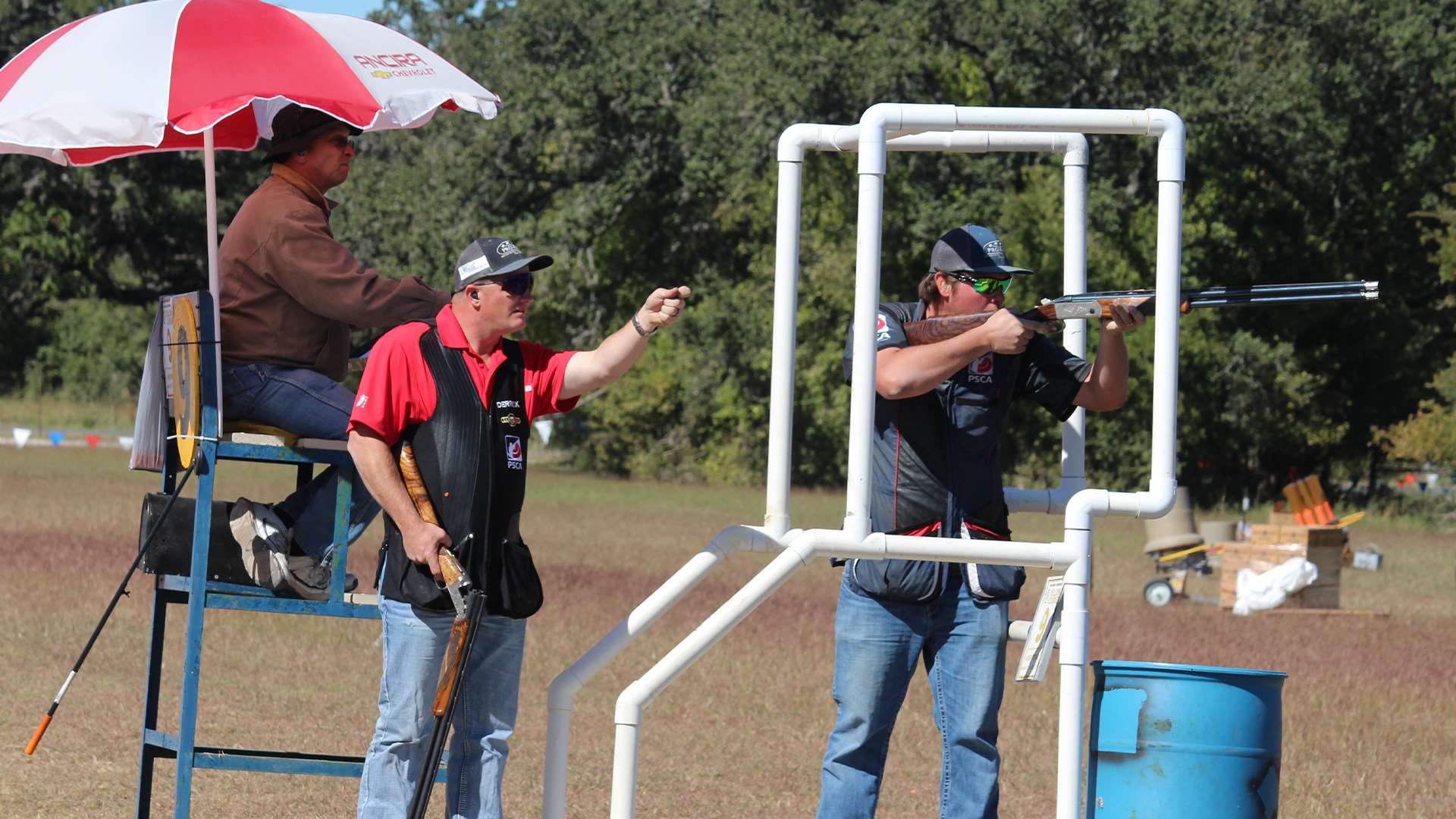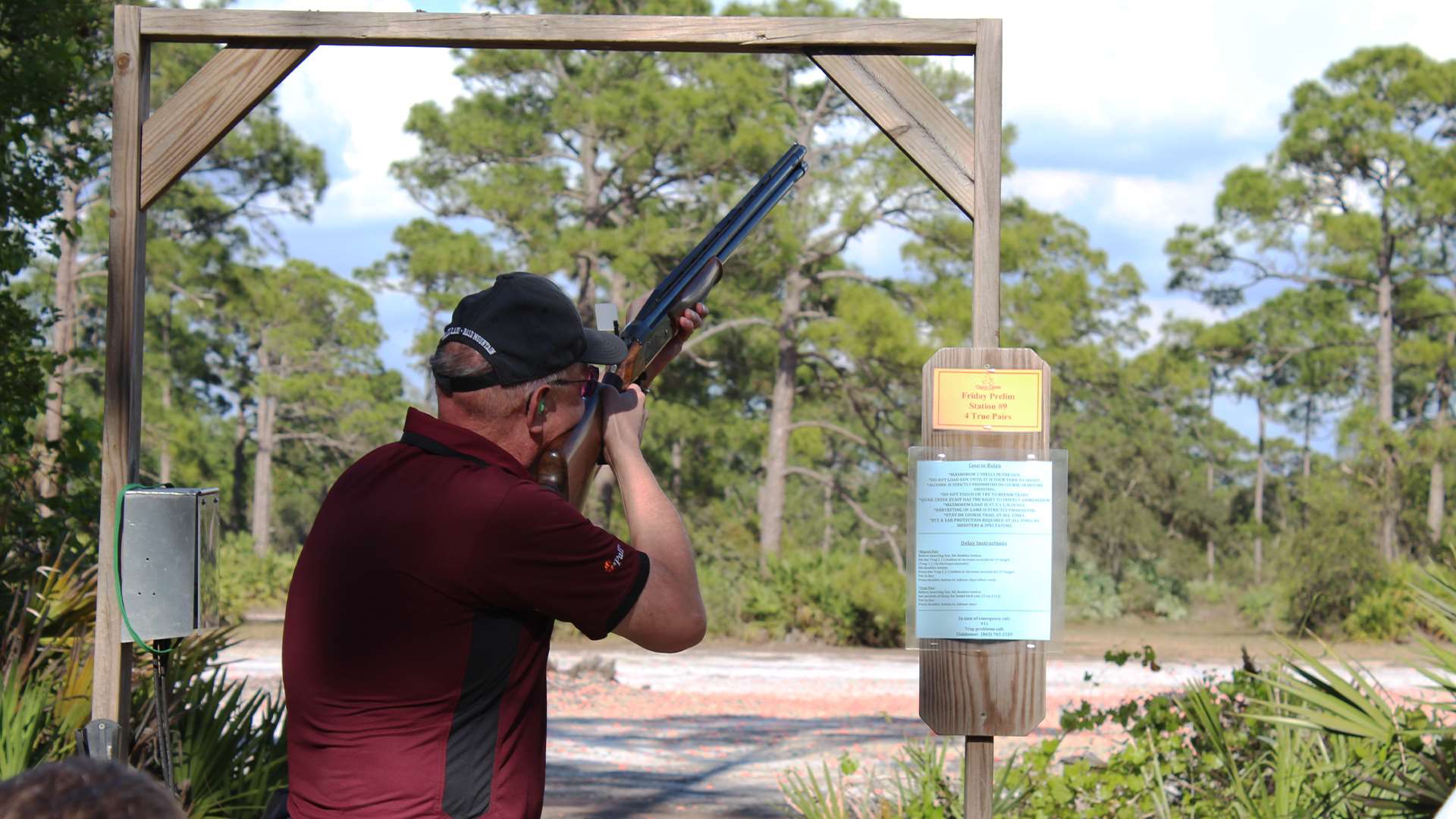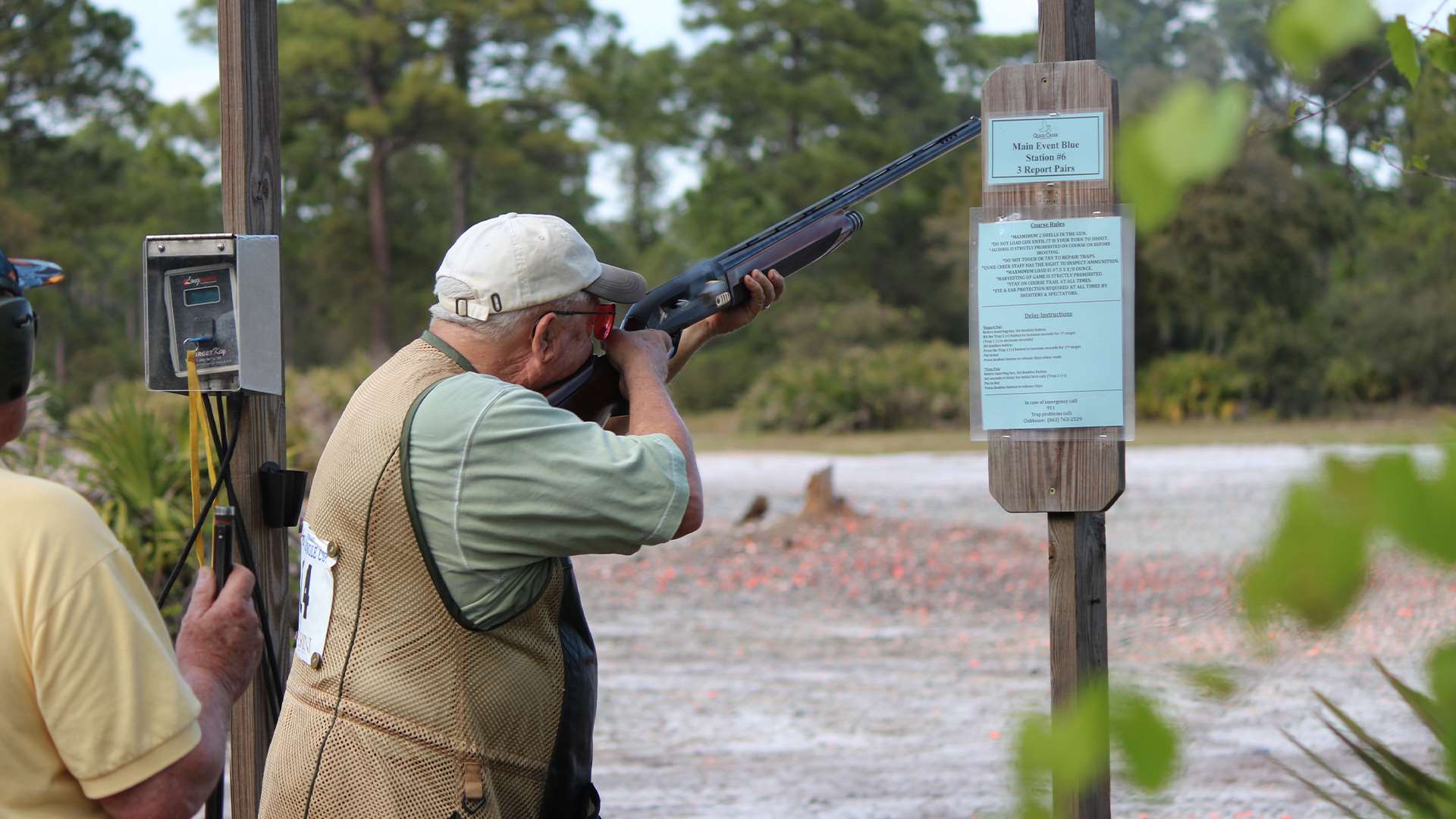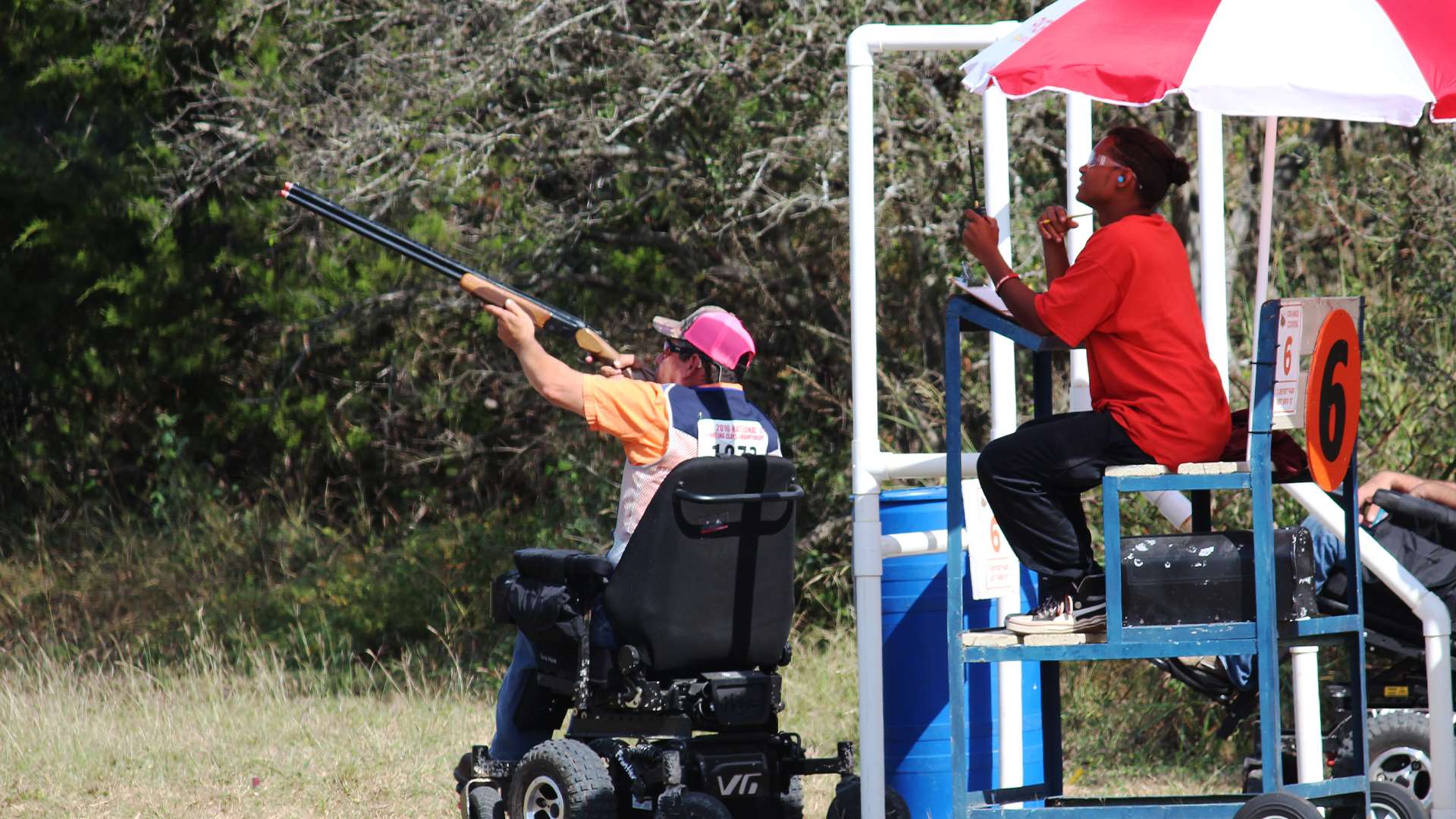
Sporting clays is a game of variation. Multiple target presentations, different techniques to break birds and varying opinions about barrel length, choke constriction, shot size and just about everything else. The old adage, “There’s more than one way to skin a cat,” rings true for the game of sporting clays. Many professional shooters and coaches will admit there are multiple ways to break a given target presentation, along with the “go-to style” of shooting that he or she relies upon most of the time.
During my two decades of participating in the game, I’ve learned some techniques that I use consistently for certain types of targets. Let’s take a look at five different types of target presentations and a way to break each one.

1. Low, incoming birds
Have you ever been shooting a station with a low, curling incomer that looks simple enough, but left you flummoxed? This shot may seem easy, but depending upon speed and angle, it can be much harder than it looks.
Always pick a good spot to take the target when viewing the shot beforehand. Watch the line of the bird. This is important. A lot of shots are missed because the shooter fails to pay attention to the flight line of the bird. Is it dropping where you want to kill it? Is it fading to one side or the other? These are essential bits of information that you must feed to your brain ahead of time.
With a low incoming bird, I like to engage the bird just behind it, gently following until it nears the kill zone. At the point, I want to take the bird I gently pass through it with my barrel and pull the trigger. This technique of mounting behind the bird and riding with it for a second or two is good for close, slow crossing targets as well. Following the bird with the gun allows you to do something critical—matching the speed of the bird and synchronizing with it. It’s this synchronization that allows a connection to the target, an all-important element of most shots.

2. Quartering outgoing birds
There’s a saying that most sporting clays competitions are won within 30 yards. It’s probably more like 20 or 25 yards. If you break all the close ones and some of the far ones, you’ll be in contention. Quartering away birds are a mainstay at sporting clays courses and come in a variety of speeds and angles. As with any presentation, close attention must be given to the line of the bird. The hold point (where you start your barrel) is important. Quartering away birds can be tough if you don’t set up correctly.
On a fast-quartering bird, do not start your gun on the trap, but watch the bird and determine where on its path you can see it clearly. There will be a portion of its path that is blurry—and this is where you want to pick up the bird with your eyes, using soft focus. The point at which the target becomes clear is where you want to start your gun. Your focus on the bird here should be hard. You don’t want the bird to “beat the gun” too much, but it’s okay to let it pass the gun momentarily while you pull ahead of it and squeeze the trigger. Again, it’s important to synchronize or “connect” with the bird.
3. Curling or fading birds
A bird that is tilted on its side can curl or fade drastically, causing a miss in front. These are often thrown quartering away with a good amount of speed. A bird like this has a significant amount of lateral movement but hits a spot where it starts to curl back the other way. You may have seen this sort of thing if you’re a frisbee thrower.
An inexperienced shooter will start too close to the trap on this bird, then rush to catch it when it comes off the arm. The bird then effectively stops and starts to curl back slightly in the other direction, and the shooter, having developed a lot of barrel speed, shoots in front. The trick is to start far enough away from the trap so not to be rushed. Synchronize with the bird and shoot slightly in front when it reaches the point where it starts to fade. Sounds easy, right?

4. The crosser
Crossers can come in a bunch of variations, but variation is a hallmark of sporting clays. As in most presentations, there are multiple ways to approach the crosser, but we’ll focus here on one method—pull away.
You may have noticed I’ve been preaching about synchronizing with the target. Synchronization is an important ingredient in breaking the crosser. Using pull away, the crosser is shot by starting the gun barrel far enough out in front that the target doesn’t pass the muzzles, matching the speed of the target and gently pulling away, lengthening the space between your barrel and the bird, until your onboard computer (your brain) tells you to fire the shot. With some practice this shot becomes quite successful. Learn this shot first on short- to medium-distance shots, gaining confidence, before moving on to longer ones.
5. The springing teal
A bird thrown vertically is referred to as a springing teal. The teal can be thrown straight up in the air, fading left or right, coming in slightly or even going away. We’ll concentrate on the straight up in the air, vertical variation.
It is said that teal can be taken three places along its flight path: on the rise, at the top or falling. We will focus on taking it on the rise, which is often necessary when it’s part of a true, or simultaneous pair. Shooters who keep both eyes open while shooting have the advantage here, because they can effectively “see through” the gun using their non-dominant eye.

The shot works like this: the barrel is started on the target line, one-third of the way from the trap to the bird’s peak. The gun is occluding the target’s path, and since both eyes are open, the non-dominant eye can see around the gun and watch the bird come off the trap. The bird is launched, the gun starts its move and the target passes the muzzle. The muzzle then passes through the bird near the peak and you gently squeeze off the shot. This takes a little practice, but is deadly once learned.
There you have it. Five unique target presentations and how to break them. These are only some of the techniques that can be used, but they’re solid ones. Try them—you might be surprised at how effective they are.


































